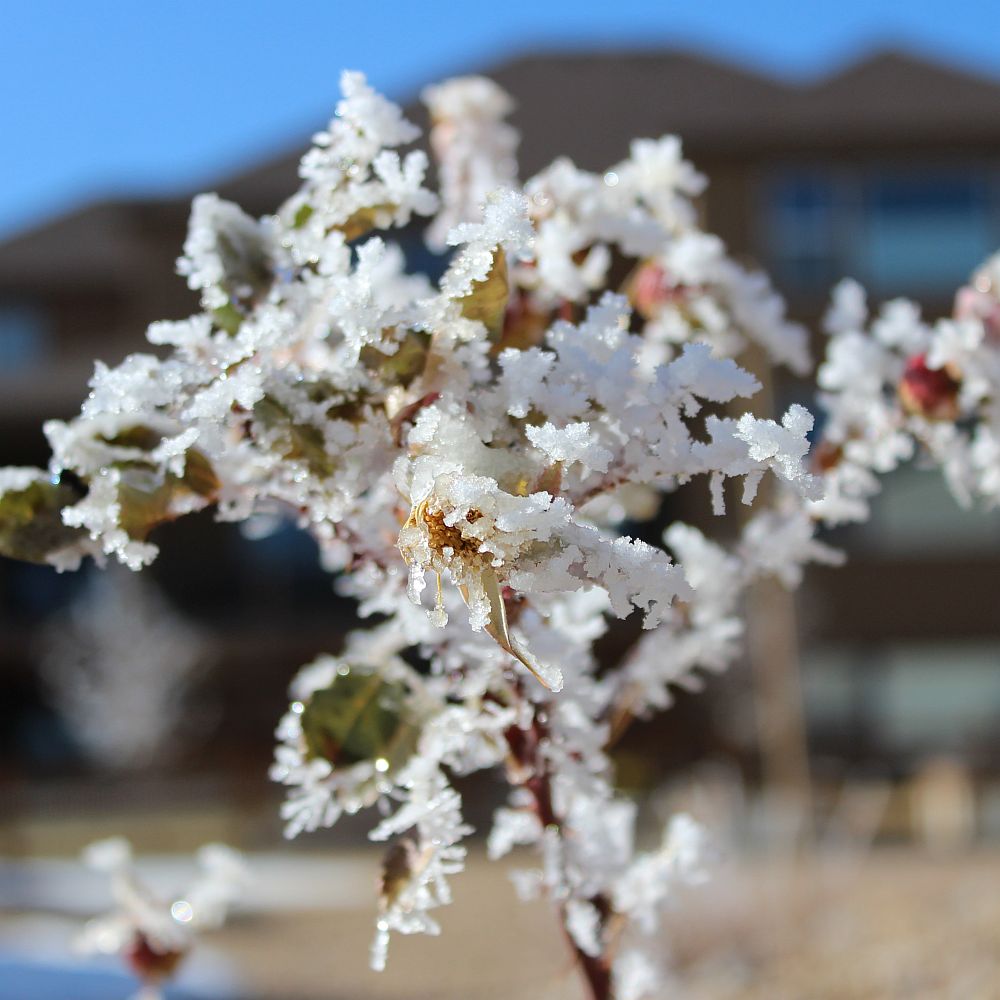

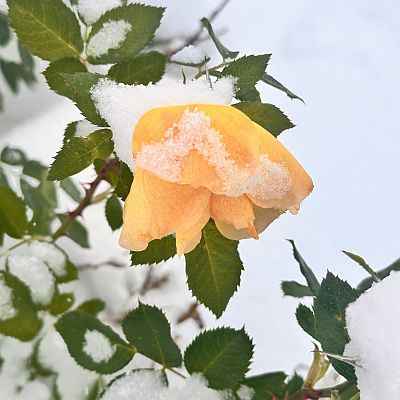
The most common question I get this time of year is about what you should do to protect your roses in the winter. Over the years, I’ve heard of some creative solutions and it seems like rose lovers will do just about anything to help their roses through the cold months and give them a head start in the spring. In the old days, my grandma used to cut all of her roses down to 6 inches tall and cover them with a styrofoam cone in hopes of the roses merely surviving (for the record I don’t recommend this strategy). More modern approaches involve mulching, wrapping plants in an insulative layer, using open top collars or tomato cages filled with leaves, constructing removable insulated garden boxes, and even the famous Minnesota tip (literally laying your climbing roses over and burying them in a trench). Honestly, I think I’ve heard it all.
Despite all of these strategies and successes, I’m always at a bit of a loss for words of advice. There’s no question that protecting your roses in the winter has benefits to the health of your roses in the long and short term. In some cases it’s absolutely necessary for their survival. Yet, for what ever reason, I find winter protection to be a lot of work at a time when I never seem to have the energy to do it. It’s not all laziness though, I do have a legitimate plan I follow.
Let me first describe my growing situation and approach. I live in Arvada, Colorado, about 25 miles northwest of Denver at the base of the Rocky Mountains. I’m currently growing about 150 roses in beds with drip irrigation. We sit at 6500 feet and we get considerably colder and snowier winters than the city. The real challenge out here is the wind, and I’m talking about tie the patio furniture to the deck or it ends up in the neighbors yard kind of wind. It’s the kind of wind that regularly causes damage if not accounted for. The USDA map lists us as a Zone 5 with an annual low temperature between -10F and -15F. This assessment feels accurate with a few wind related challenges added in.
So here’s my approach. I grow zone appropriate plants, mulch the base of first year plantings 6″, and I water about once a month depending on natural precipitation. Beyond that, I will occasionally cut one of my longer caned roses back (looking at you Victorian Memory) if I’m more concerned about damage from the wind than cold weather die back. That’s it. This is not to say that I’m opposed to winter protection and there are some very effective strategies that can be employed to help your roses through the winter, but it is only part of an effective rose growing strategy.
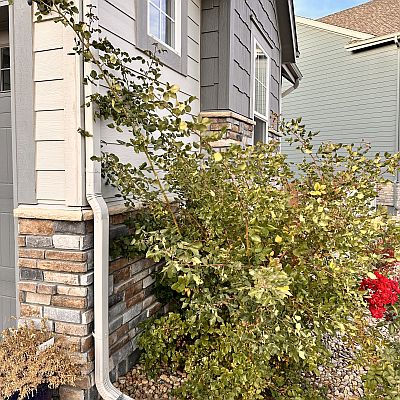
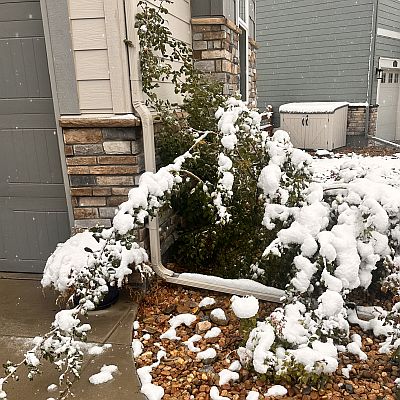
The best winter protection begins with planning. Choosing zone appropriate plants is a must. For instance, if you want a successful climbing rose in zone 4, choose a zone 4 (or hardier) rose. Don’t be surprised when a zone 6 climber dies back to the ground in zone 4 or 5. It is also important to understand your yard’s micro climates. We all know the spots in our yard that are protected or catch the wind. If you absolutely have to have that borderline hardy rose, plant it in a spot that will protect it. For years here in Denver, I grew Zephirine Drouhin (a zone 6 Bourbon rose that climbs) successfully against a west facing brick wall that was sheltered and radiated heat. Some years, Zephirine was 12 feet tall and on my roof. If we had a tough winter, you could count on pruning all that growth back to 3 or 4 feet tall and starting over.
Second in my book, to starting with zone appropriate roses, is mulching. I love mulch. In the summer, in the winter, for weed control, for moisture retention, I love all of it. In the winter, I suggest mulching the base of your roses up about 4″ to 6″. This layer insulates the base of the plant and keeps persistent snow and ice from damaging this critical region of the rose. Regulating soil temperature is especially helpful during damaging freeze-thaw cycles during the late fall and early spring. Mulch also helps retain soil moisture. Moist and frozen is much less damaging to roses than being dry and frozen.
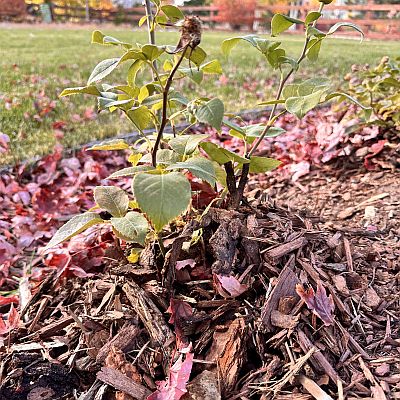
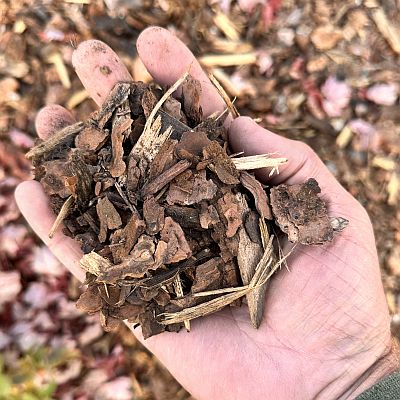
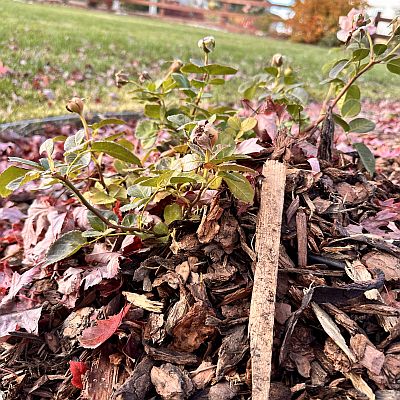
If you’re ready to do a little more, burlap wrapping can be an effective solution for a lot of gardeners. I like burlap wrapping because it is breathable, adds some protection from wind damage and protects the base of the plant from snow and ice build up. Combined with mulching the base of your rose, burlap can be a very effective winter protection method. Similarly, rose collars or Cozy Cones (not to be confused with the old styrofoam version that can cause more problems than they help) are an open top protection that is breathable and can be filled with leaves or mulch to add an additional layer of protection.
The bottom line is winter protection helps your roses and the amount you do is totally up to you. There is no single correct answer. My hope is that you start by considering roses that need little to no winter protection. If you ever need help selecting varieties, we are here to help. We’re here to support you in whatever strategy you employ. Just know that when the snow flies, I prefer my bunny slippers and hot cocoa.
*** After writing this post, I realized that I left out advice for Container Roses. That topic quickly became a post of it’s own. You can find it HERE.

Call Us
1-800-552-2082